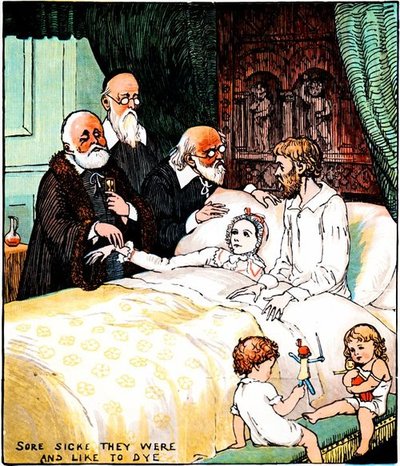We may draw two conclusions, at least tonight; later we can change our minds. The first is that dreams are an aesthetic work, perhaps the most ancient aesthetic expression. They take a strangely dramatic form. We are, as Addison said, the theater, the spectators, the actors, the story. The second refers to the horror of nightmares. Our waking life abounds in terrible moments; we all know that there are moments in which reality overwhelms us. A loved one has died, a loved one has left us; such are the causes of sadness, of despair … Nevertheless, these do not pertain to nightmares. The nightmare has a particular horror, and that horror may be expressed by any story. It may be expressed by Wordsworth’s Bedouin who is also Don Quixote, by scissors and threads, by my dream of the king, by the famous nightmares of Poe. But there is something: it is the flavor of the nightmare. In the treatises I have consulted they do not speak of this horror.
Jorge Luis Borges from the essay “Nightmares”
